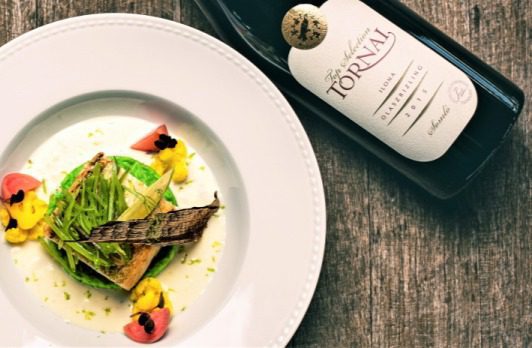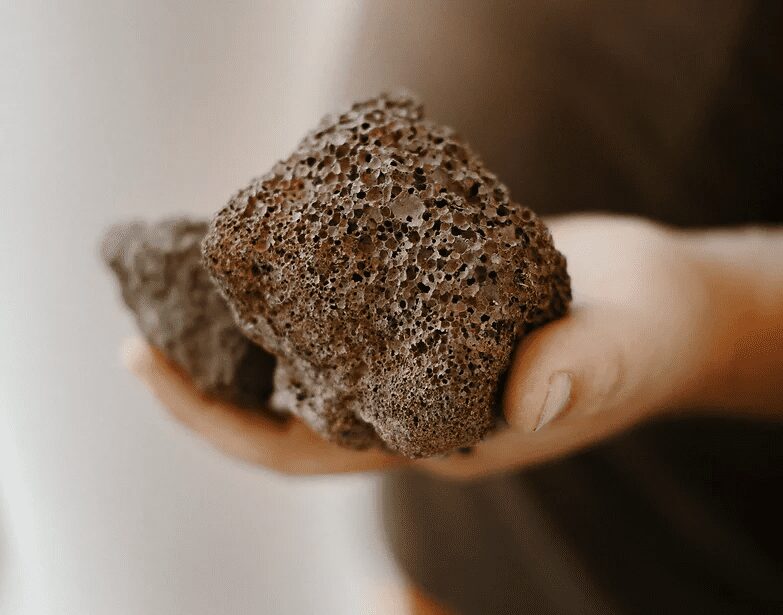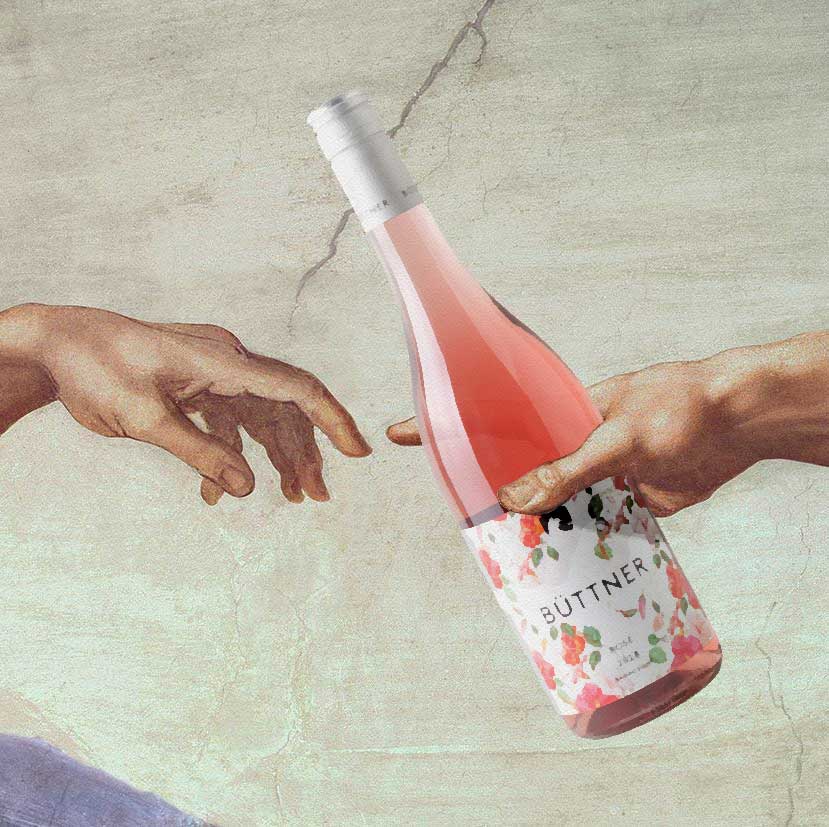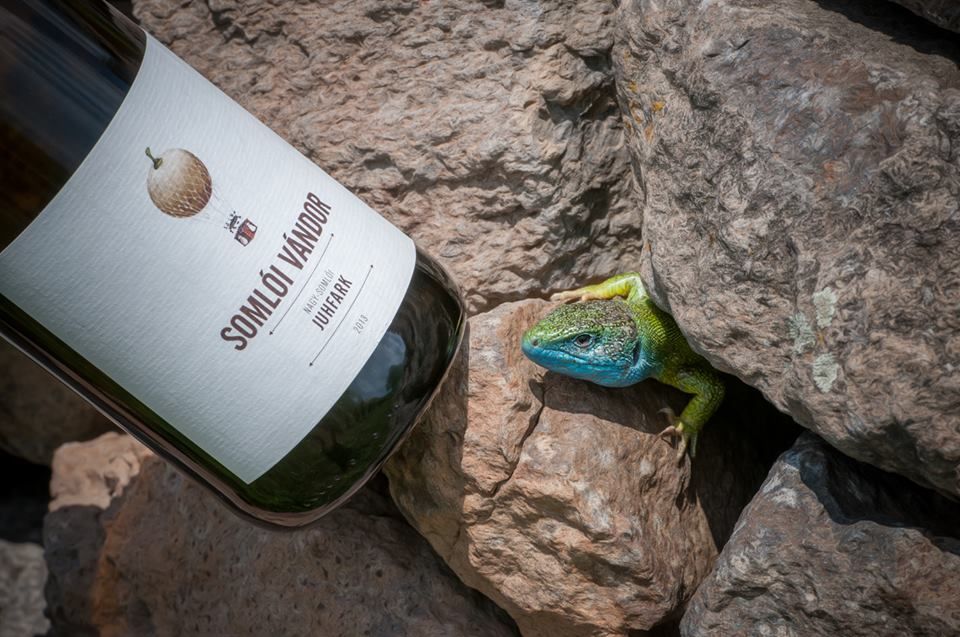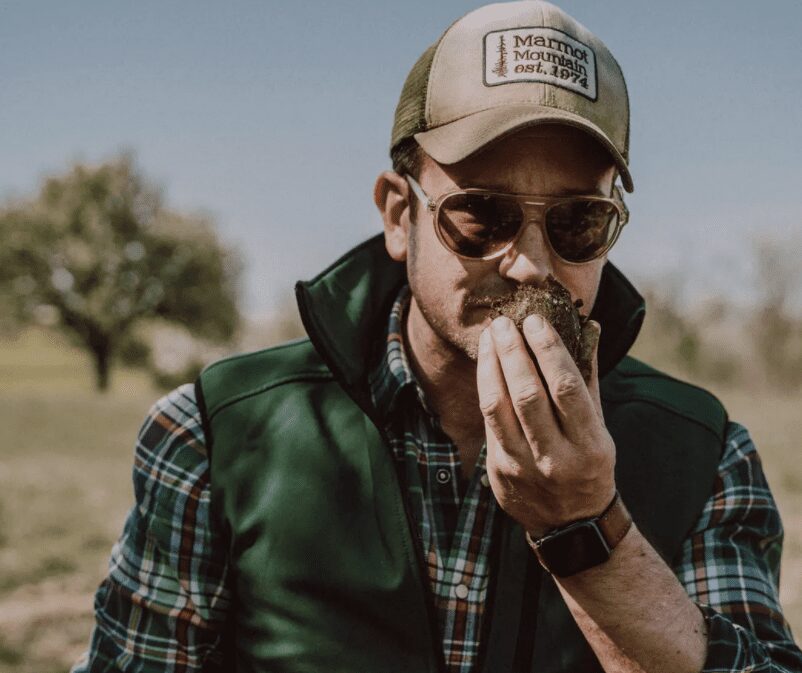…and taste the most interesting volcanic wines from the shore of the opal blue lake

What the sea is to the world, Lake Balaton is to the Hungarians. Central Europe’s largest lake (true, verifiable information), with water that deepens slowly and warms up quickly, is Hungary’s most important tourist destination from early summer to autumn, but intensive efforts are being made around the lake to extend or even eliminate the summer season, so that visitors can be welcomed with activities and events all year round.
If you choose the southern shore of the lake
The water is shallower on the southern shore of the Balaton, you can often walk hundreds of metres in (and yes, that’s not a typo), and the water is still only waist deep, sometimes reaching temperatures of 25-26°C in the summer. It’s an ideal destination for families with young children, with both free and paid beaches. However, as it’s more crowded, you can also expect to find the music venues and music festivals popular with the younger crowd here on the southern shore.
As far as the wines are concerned, the southern shore of Lake Balaton is largely flat, at least compared to the northern shore, and what hills there are here are built up of loess. This is the ideal hardware for creating ideal easy-drinking, supple red wines. It’s worth visiting Kishegy, which rises above Balatonlelle (you can cycle out from the village), where you can find many of the most important producers. If you fancy red wine, then the Konyári Winery is your best bet, while for whites, the Késa Estate, Bujdosó Winery or one of the two Légli brothers (Ottó Légli or the Kislaki Wine Manufactory) are the best options. You can also find sparkling wine on the hill, at the Garamvári Winery.
Of course, mass tourism creates its own food scene, but luckily there are also some really good restaurants in the area, and if you take my advice, you should definitely visit the Kistücsök Restaurant in Balatonszemes, Mimi in Balatonlelle Kishegy or the Kristinus Wine Estate’s restaurant, which is also near the lake. Kristinus is a real gem to visit and taste their wines. The whole estate has converted to biodynamic (Demeter certified) farming, which caused quite a stir throughout Eastern Europe! They insist on low intervention winemaking with some extraordinary examples of amphora wines and incredibly pure quality.
And what about the northern shore?
In short? A lot more hills than on the southern shore! The hills are rather from limestone on the eastern side of the lake, and the capital of this region is Hungary’s most important spa town of the 19th century, Balatonfüred. The town was known throughout the Austro-Hungarian Monarchy, as were the wines made in the neighbouring villages of Csopak and Paloznak, mainly from Olaszrizling (which, and this is inside information, was always blended with some Furmint to maintain freshness in the wines). If you are still curious about this now, look out for the Jásdi Estate, the Figula Winery, the Homola Estate, the St Donát Winery or the Petrény Winery, where you can enjoy a combination of quality food and wine on the wine terrace with the best view in the country.
As for the western side of the lake, it is dominated by volcanic basalt. The extinct volcanoes line the lake like a series of basalt hats, the landscape is picture postcard beautiful. The vines planted on the basalt yield fiery, high alcohol, full-boded white wines, which can age for 10-15 years. And I can say this from personal experience, as this year, I opened several 2003 and 2004 Olaszrizling wines from Badacsony Hill, and all were in excellent condition as I had stored them well. The most important grape variety on these basalt volcanoes is Kéknyelű, which can only be found here. There are only around forty hectares left in the world! Kéknyelű gives a white wine, which is restrained on the palate, so is a good reflector of terroir, with typically masculine acidity. They generally benefit from maturation in large oak barrels. You should not open a bottle before they are three years old, but they tend to be at their best at six to seven years old. Look out from Kéknyelű at Büttner Estate and Gergő Istvándy’s winery. Climb up Badacsony Hill on the shore of the lake and have a fröccs (also called Monarchikum, white wine mixed with soda water) on the Éliás Estate’s terrace or stop off at one of the Laposa Estate’s restaurants for a refreshing fruit cordial or a glass of Olaszrizling. For something really special, visit the 2Ha Estate on another volcano five minutes from the lake, where you can taste the only olive oil produced in the country or a wine called Tabunello produced from the Tuscan Sangiovese variety.
In Badacsony, you won’t be disappointed by the Hableány Restaurant or the Borbarátok Restaurant (the former run by the Laposa family and the latter by the Fata Winery), but in Szigliget, Villa Kabala is also a must if you want to try some dishes created using impeccable local ingredients.
If you are a kind of a hard core terroir fun, then you just can't skip the Somló and a few 'must have' estates around the hill. Being the smallest wine district in Hungary the Somló is literally a small ancient volcano that was sure created by God for the purpose of vine cultivation. The Tornai family estate with their almost 70 Ha around the hill counts as one of the biggest players here along with the multi-award winning method traditionelle producer Kreinbacher. Both estates can show the real potential of the Somló with premium Juhfark, Hárslevelű, Furmint and Olaszrizling wines. The Somló is a terroir that you can't miss by smell. Strong minerality of the black basalt rocks just so obvious on the nose that terroir geeks would cry for it. Smaller estates like Somlói Vándor, Kolonics, Spiegelberg or Györgykovács can show you the artisanal face of the hill's winemaking traditions.
And if you should have any fear Hungary might be a backward, Balkan-style place, then check out the photos here in the article, then head over to booking.com and book your holiday next to one of the most beautiful lakes in the world! You can also cycle around the lake, as there are cycle paths all the way round, sail on the lake, swim in it and, most importantly, eat and drink on the lake shore. I give you my personal guarantee!
